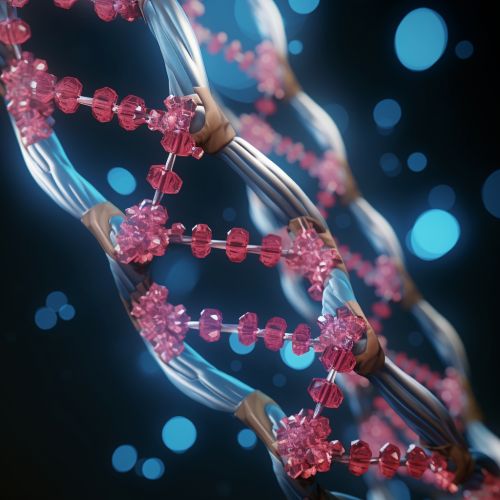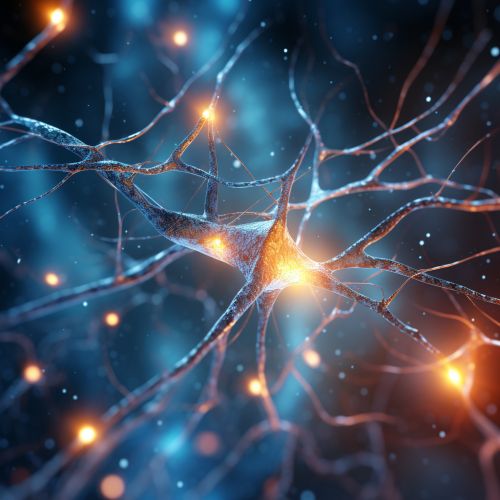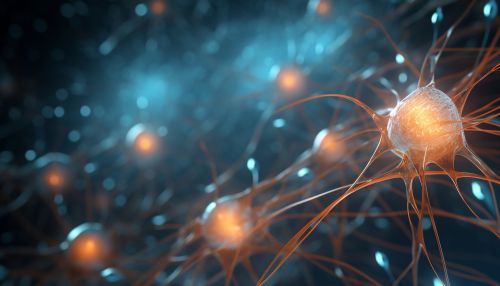The Biological Basis of Addiction
Introduction
Addiction is a complex condition, a brain disorder characterized by compulsive engagement in rewarding stimuli, despite adverse consequences. The biological basis of addiction explores the role of genetic, epigenetic, and environmental influences on the development of addictive disorders.


Genetic Factors
Genetic factors account for about half of the likelihood that an individual will develop addiction. Addiction is a complex disease, involving multiple genes and gene-environment interactions. Genetic studies use a variety of methods including twin studies, adoption studies, and family studies to understand the heritability of addiction.


Genes Associated with Addiction
Several genes have been associated with addiction, including those involved in dopamine transmission and metabolism, such as the dopamine transporter gene (DAT1), the dopamine D2 receptor gene (DRD2), and the gene for catechol-O-methyltransferase (COMT). Other genes implicated in addiction include those involved in the body's stress response, such as the gene for the corticotropin-releasing hormone receptor 1 (CRHR1).
Epigenetic Factors
Epigenetic factors, changes in gene expression caused by mechanisms other than changes in the underlying DNA sequence, also play a significant role in addiction. These changes can be induced by environmental factors such as drug exposure, stress, or trauma, and can affect the function of genes involved in addiction.
Epigenetic Changes in Addiction
Epigenetic changes associated with addiction include DNA methylation, histone modification, and changes in non-coding RNA molecules. These changes can alter the expression of genes involved in the brain's reward system, leading to altered drug responses and increased vulnerability to addiction.


Environmental Factors
Environmental factors play a crucial role in the development of addiction. These include factors such as drug availability, socioeconomic status, peer influences, and early life experiences.
Drug Exposure and Addiction
Exposure to drugs is a major environmental factor in the development of addiction. Drugs of abuse can alter the brain's reward system, leading to changes in behavior and increased risk of addiction. The age at which drug exposure occurs can also influence the risk of addiction, with early exposure often associated with a greater risk.
Socioeconomic Status and Addiction
Socioeconomic status is another important environmental factor in addiction. Individuals from lower socioeconomic backgrounds are often at a higher risk of developing addiction, due to factors such as increased stress, limited access to healthcare, and increased exposure to drugs.
Neurobiology of Addiction
The neurobiology of addiction involves changes in the brain's reward system, including alterations in neurotransmitter systems and changes in brain circuits.


Neurotransmitter Systems in Addiction
Neurotransmitter systems involved in addiction include the dopamine system, the opioid system, and the glutamate system. These systems are involved in the rewarding effects of drugs, and changes in these systems can lead to addiction.
Brain Circuits in Addiction
Brain circuits involved in addiction include the reward circuit, the stress circuit, and the executive control circuit. Changes in these circuits can lead to compulsive drug use and loss of control over drug use, characteristic features of addiction.
Treatment of Addiction
The treatment of addiction involves a combination of pharmacological and behavioral interventions. These treatments aim to reduce drug use, manage withdrawal symptoms, and prevent relapse.
Pharmacological Treatments
Pharmacological treatments for addiction include medications that target the brain's reward system, such as buprenorphine for opioid addiction and naltrexone for alcohol addiction.
Behavioral Treatments
Behavioral treatments for addiction include cognitive-behavioral therapy, contingency management, and motivational interviewing. These treatments aim to change maladaptive patterns of drug use and promote healthier behaviors.


Conclusion
The biological basis of addiction is a complex interplay of genetic, epigenetic, and environmental factors. Understanding these factors can help in the development of more effective treatments for addiction.
